The Animation Process
So how does all this animation business work anyway? Let's take a quick crash course in pre-production, production, and post-production and a client's role in the creative process.
Pre-Production
The Meeting & Estimate
First things first, we have a meeting. We get together – either by phone, email, or in person – and you tell us what you want to do. If you know exactly what you want, that's great. If you have a vague idea, that's fine too! We have a lot of creative people on staff who can help you come up with a great concept. Armed with some solid info about your project, we can now give you an estimate. If you are good with the numbers, we proceed to the next step.
The Script
Next we need a script – a concrete, written document for what happens in your animated video. Who writes the script? Sometimes it's you, sometimes it's us, sometimes it's both of us together. It all depends on how involved you want to be in the creative process. Either way, it's important to get the script right before we proceed. We both agree on the script before moving on to the next step.
The Storyboard & Animatic
Time to get our hands dirty, because now we'll draw up a storyboard for you. This part is important – really important – because storyboards allow us to plan out our shots and to imagine what the final product will look and feel like. An animatic (a.k.a pre-viz) can be thought of as an animated storyboard, with the added bonus of showing us timing and pacing. We can also start picking out some possible music choices, as well as adding voice over narration if needed.
Since we are still in pre-production it's not too late to brainstorm, make tweaks, or change direction. It's a lot faster (and cheaper!) to edit a script or revise drawings than to change stuff further down the production pipeline.

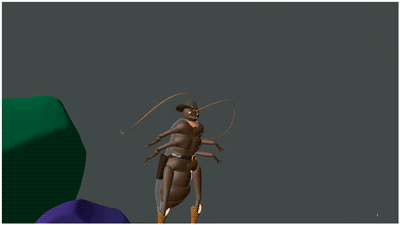
Production
Assets
Once you've approved the storyboard or animatic, it's time to jump into the nitty-gritty of production. We'll start by creating and gathering all the assets that we need for the project: objects, characters, backgrounds, graphic design elements, video footage, and whatever else that needs to make it into the video. We may need some assets from you as well. For example at this point it would be good to have a high-resolution version of your logo, your design standards document if you have one, the company jingle, and so on.
We'll send you work-in-progress images as assets are built, so we can make sure that everything looks A-OK and meets your approval.
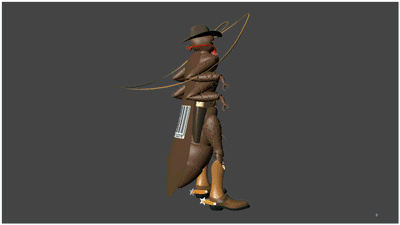
Surfacing & Lighting
This is where we set the tone and the mood of your project. Whether it's 2D, 3D or just a video shoot, we need to make some decisions about color choices, texture and feel.
Just as we do with assets, we'll send you screenshots to make sure that you like what we're cooking up.
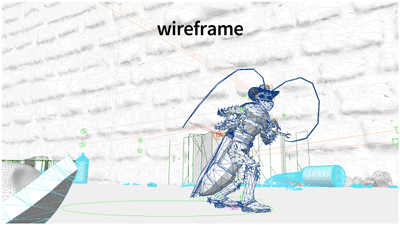
Rigging & Animation
Next, we'll rig any models that need to animate. "What in tarnation is a rig?" you might ask. Think of how a puppeteer controls a marionette with strings, it's kind of the same idea. The rig gives an animator the controls they need to bring an asset to life; whether it's a machine, a character, a tree, etc.
Once everything is rigged, the fun begins. Our artists dig in and start animating, shot by shot. Characters, cameras, environments, machinery, gadgets; everything is animated by hand and continuously refined.
For 3D animation projects we'll send you a "playblast" of each completed shot. The 3D animation software shows the artist a basic representation of the scene they're working in. It's not pretty, but it is fast and interactive. It also lets us save out previews, or "playblasts" of the animation without waiting a long time for renders (we'll get to that in a minute). With these playblasts you'll be able to give approval or provide feedback on the animation and camera moves.
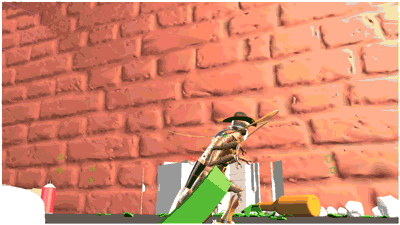
Rendering
Now that we have all our shots set up, lit and animated, there's one final step in production – rendering. The finished shots are fed to rendering software which chews on the animation, lighting and surfacing, and spits out finished frames. Each single frame can take anywhere from five minutes to five hours to complete. Let's do some quick math, for one minute of hypothetical animation: assuming each frame takes one hour to render. 1hr per frame * 30 frames per second * 60 seconds per minute comes out to 1,800 hours...yikes! Fortunately at Abbott Animation we have a renderfarm, a whole stack of rackmount computers that do nothing but render frames all day long.
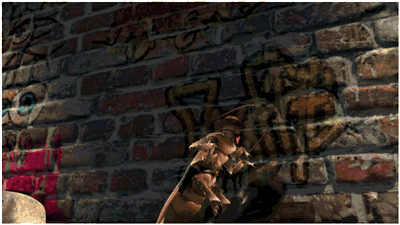
Post-Production
Compositing & Editing
Alright, now we're in the home stretch! In the compositing stage we combine all the rendered layers and add secondary effects like color-correction, atmospheric effects, lens flares, as well as graphics and text treatments.
The last step is editing, where the completed shots are spliced together and the final music track and sound effects are added. Your finished video is then exported and uploaded to be shared with you.

And that's it, computer animation in a nutshell! Not too scary, right? If you have questions or are interested in starting a project with us, feel free to drop us a line. We'd love to chat.
Back To Top


